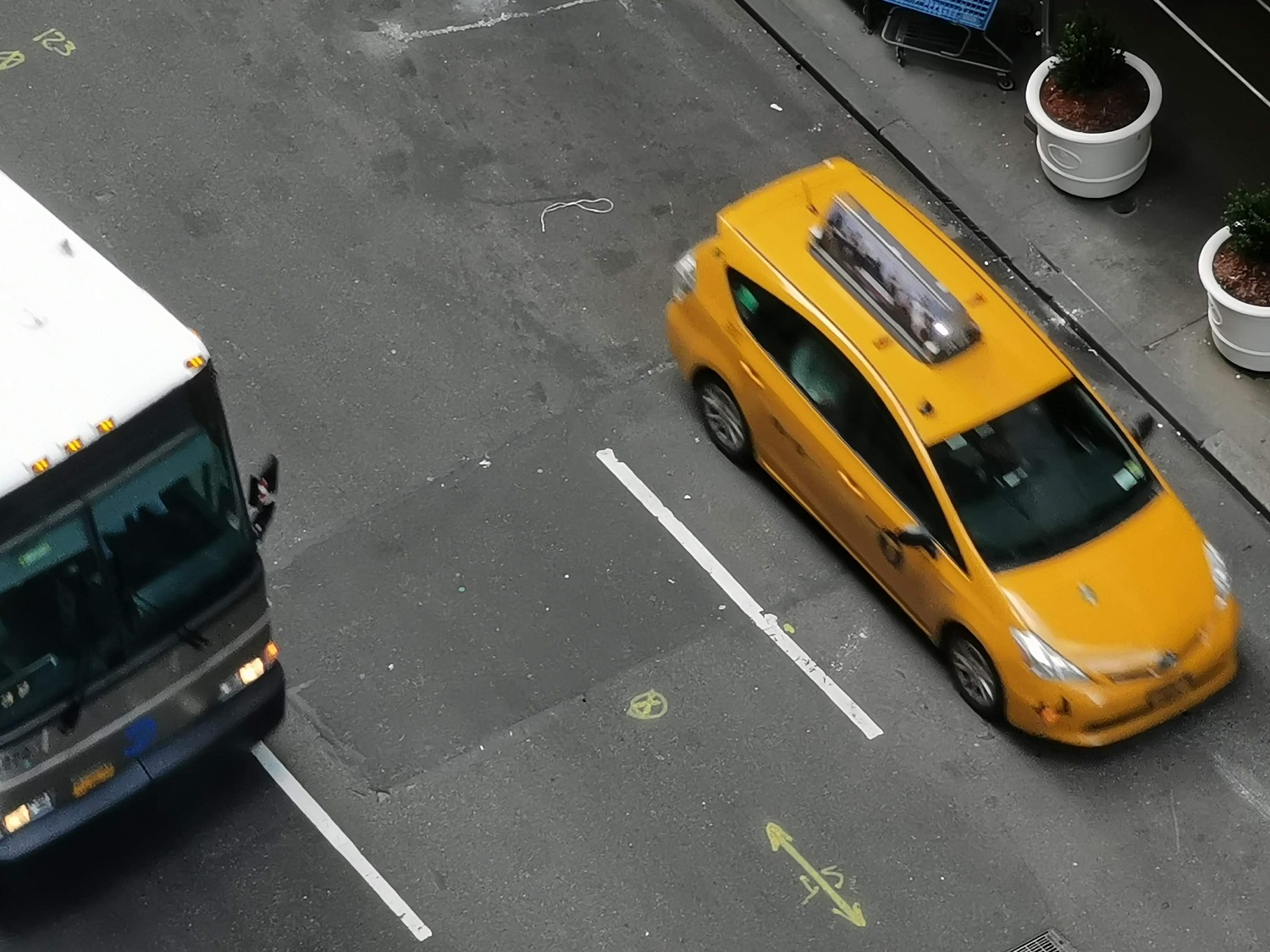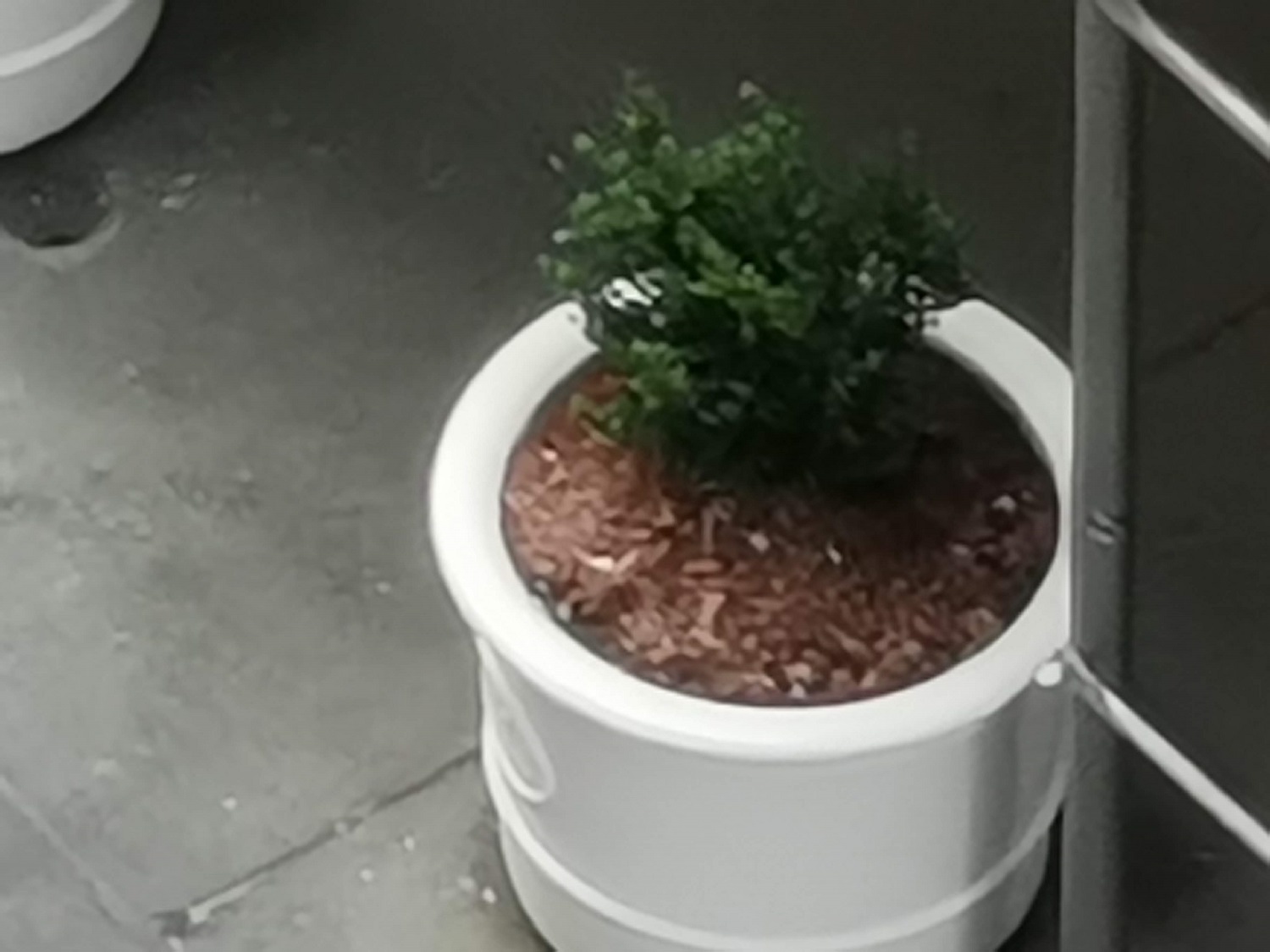
Huawei’s March 26 event has been and gone, but it’s left us with far more than just memories. Huawei took to the stage to announce a pair of new flagship phones in its P-Series — the Huawei P30 Pro and the P30. Like the phones before it, Huawei has added a bunch of new features, including improved camera hardware, upgraded processors, and even more A.I. integration. Here’s absolutely everything you need to know about the Huawei P30 Pro and P30.
Design and display
- 4. Huawei P30 Pro
Like most flagship phones of recent years, the P30 and P30 Pro come with curved all-glass bodies and a largely bezel-free design surrounding their all-encompassing displays. But if you were hoping for a 2019-ready hole-punch display like the Galaxy S10 range then you’re going to be disappointed — both the P30 and the P30 Pro have a notch at the top of the screen. It’s a small teardrop-style notch though, so it’s much less intrusive than the larger notches of last year.
Speaking of the displays, you’ll find a large and high-quality OLED screen on each of these phones. The P30 Pro is packing the larger of the two, with a 6.47-inch OLED display running a 2,340 x 1,080-pixel resolution. The P30’s display is smaller at 6.1-inches, but with the same OLED technology and 2,340 x 1,080 resolution.
Both models have the in-display fingerprint scanner débuted on the Mate 20 Pro, so you won’t a separate fingerprint scanner on the back of the phone. It’s an optical scanner, which means it takes a picture of your fingerprint, rather than using the more secure ultrasonic tech found in the Galaxy S10 and S10 Plus. Huawei claims to have made improvements to the tech this year, making it quicker and more accurate. Given the in-display sensor was one of the few downsides to the Mate 20 Pro we’re excited to test this one out.
Make no mistake — these are two stunning looking phones. Huawei has made waves for itself in the last few years with small touches to the glass back that add shimmers, light refractions, and more, and the P30 range continues that extremely beautiful tradition. The P30 and the P30 Pro come in Amber Sunrise, Breathing Crystal, Pearl White, Aurora, and Black colors.
Glass is glass, so you’re probably going to want to invest in a protective case to safeguard that beauty, but you can afford to be a little more cavalier around water with the P30 Pro as it’s packing an IP68-rating for water-resistance. That means it should be able to take an accidental dip in the pool or bathtub without too many worries, though we wouldn’t take it diving. The P30 is less protected with a IP53-rating, which pretty much just makes it rain-proof.
Like last year’s phones, there’s a discrepancy in headphone jacks on these phones; you’ll find one on the P30, but the higher-end P30 Pro is lacking the venerable port. However, both have support for the impressive Dolby Atmos, Bluetooth 5.0, and Bluetooth aptX HD.
Specs and battery

It wouldn’t be much of an upgrade if the specs didn’t see at least a little bump, and it’s good to see that both the P30 and the P30 Pro have some new hardware.
Huawei P30 Pro specs
- CPU: Kirin 980
- Memory: 8GB
- Storage: 128/256/512GB
- MicroSD storage: Huawei’s NM Card
- Screen size: 6.47 inches
- Resolution: 2,340 x 1,080
- Dimensions: 158 mm x 73.4 mm x 8.41 mm
- Weight: 192 grams (6.77 ounces)
- Connectivity: USB-C
- Battery: 4,000mAh
- Operating system: EMUI 9.1 (over Android 9.0 Pie)
The biggest change is the addition of the Kirin 980 to both phones. This is the processor we first saw in the Mate 20-range, and it’s a powerful piece of tech. It sports eight-cores that juggle tasks to maximize battery life, and it also comes with two NPUs (neural processing units) designed specifically to handle the device’s extensive range of A.I. skills. While it’s not the match of the Snapdragon 855 found in the latest Samsung Galaxy S10 range, the Kirin 980 is a formidable piece of kit, and it’s more than capable of handling hefty apps and 3D mobile gaming.
You’ll find 8GB of RAM on the P30 Pro and 6GB on the P30, which is more than enough to deal with swapping between a whole bunch of apps. The P30 Pro comes with options for 128GB, 256GB, and 512GB of storage, while the P30 makes do with a single 128GB model — though that’s still more than enough storage for most. Neither phone has support for MicroSD cards though, as Huawei is pushing its new proprietary NM Card for expandable storage.
Both phones are packing a lot of power, so it’s a relief that they have hefty tanks to keep them going. You’ll find a 4,000mAh battery on the P30 Pro, while the P30 crams in a 3,650mAh battery. Expect to see a solid day’s worth of battery from the P30, while the P30 Pro has the potential to go for almost two days — at least, based on the performance of the P20 Pro‘s battery. They won’t take long to recharge either — the P30 Pro comes with a 40W SuperCharge charger out of the box, which promises blindingly fast recharge speeds. The P30 comes with SuperCharge fast charging too, but it’s unclear whether it comes with a 40W charger or not.
You’ll also find 15W fast wireless charging on the P30 Pro, as well as the reverse wireless charging feature from the Mate 20 Pro and the Galaxy S10 range. The P30 lacks wireless charging entirely.
Software and special features

As is usual for Huawei’s phones, you’ll find its own Emotion UI (EMUI) piled over the top of the Android operating system. The P30 range both run EMUI 9.1 over the top of Android 9.0 Pie, so you can be sure you’re getting the latest Android has to offer.
Huawei P30 specs
- CPU: Kirin 980
- Memory: 6GB
- Storage: 128GB
- MicroSD storage: Huawei’s NM Card
- Screen size: 6.1 inches
- Resolution: 2,340 x 1,080
- Dimensions: 149.1 mm x 71.36 mm x 7.57 mm
- Weight: 165 grams (5.82 ounces)
- Connectivity: USB-C, 3.5mm headphone jack
- Battery: 3,650mAh
- Operating system: EMUI 9.1 (over Android 9.0 Pie)
There’s no need to worry if you’ve had a bad experience with manufacturer UIs in the past; Huawei’s EMUI is much better than it used to be, and while it’s still not one of our favorite UIs around, it’s slick, stylish, and extremely user-friendly. Huawei has made some improvements to its software, and has increased tap response and app launch time and performance by over 50 percent compared to older versions. The file system has also seen some updates, thanks to Huawei’s own EROFS file formatting system that promises 20 percent better performance over time. There’s a lot to love here.
Unfortunately, that love doesn’t extent to update speed. Lots of changes to the underlying Android formula mean major Android updates tend to take a while to filter through to Huawei’s phones. While not the worst offender in update speed, Huawei is certainly no Nokia where new updates are concerned. While the P30 and P30 Pro are certain to get Android Q, and probably Android R, we expect both will take a while to roll out after Google’s official release.
But there are plenty of special features to distract you from that. Huawei has taken something of a lead on artificial intelligence, and its flagships are really where you can see that ethos put to the test. The Kirin 980 packs two NPUs for A.I. processing, so data doesn’t need to be sent off-device for processing. That means faster A.I. processing, and it enables some really cool tricks in the camera software, like A.I. assisted stabilization.
Huawei has added some new software tricks too, though it’s debatable how useful they’ll be for you. The first is integration with certain Audi cars, and it allows your P30 or P30 Pro to unlock your car and even start the engine. Another trick is the ability to sync with certain brands of treadmill, including LifeFitness and Precor. That data will be pulled from the treadmill and sent straight to Huawei Health, eschewing the need for a third-party data gatherer. The final new feature, OneHop, might be the most useful. OneHop connects your phone to your PC, and lets them share copy-pasted text back and forth. It also allows you to remotely record and share your PC’s screen.
Camera

Last year’s P20 Pro sported some incredibly versatile cameras, and you could easily forgive Huawei for taking a year off where the camera is concerned. But it hasn’t, and the P30-range is looking to up the game again. You’ll find five camera lenses on the P30 Pro; four on the back and one on the front. The front-facing selfie camera is a monstrous 32-megapixels, and is likely to offer some stunning shots. But it’s around the back you’ll find the real power.
The main sensor is a huge 40-megapixel SuperSpectrum lens with optical image stabilization (OIS) and an f/1.6 aperture. It doesn’t use 40-megapixels by default though, and downsizes to 10-megapixels in most circumstances to maintain a high light sensitivity and zoom standard. Huawei has also changed the standard green filter in its smartphone filters to yellow, which means Huawei has been able to boost the light received by the sensor by up to 40 percent. Thanks to this, the P30 Pro boasts the highest ever light sensitivity in a smartphone with a sensitivity of 409,600. The P20 Pro maxed out at 102,400.
The second lens is an ultra wide-angle 20-megapixel lens with an f/2.2 aperture that’s also available for use as a macro lens. The third lens is an 8-megapixel telephoto lens, with an f/3.4 aperture, OIS, and an incredible 5x optical zoom. It achieves that by running the lens along the phone’s length and using a periscope prism to bring light into the vertically-stacked lens. Hybrid zoom (a combination of optical and digital zoom) takes the zoom level to 10x, while the digital zoom goes up to an incredible 50x zoom. The final lens isn’t really a lens — it’s a Time-of-Flight sensor that’s used to accurately gauge distances in 3D space. It will boost depth mapping on portrait shots by accurately measuring distance between the lens and objects, and it helps augmented reality content too.
The P30 isn’t packing an identical camera suite, but it’s still formidable. The Time-of-Flight sensor is missing, but you’ll find a 40-megapixel main lens with an f/1.8 aperture (but no OIS), a 16-megapixel ultra wide-angle lens with an f/2.2 aperture, and a non-periscope 8-megapixel 3x telephoto lens with an f/2.4 aperture and OIS. The 32-megapixel selfie lens around the front is the same as the P30 Pro.
It’s not all about the hardware, though, Huawei’s A.I. is central to the camera’s performance. It runs the camera’s impressive scene recognition software, and also runs the phone’s AIS, or A.I. assisted stabilization. AIS means it’s possible to take handheld long-exposure shots, with A.I. correcting issues with movement. AIS is also central to the Silk Water feature, which uses long exposures to give water a silky-smooth impression in still images.
In terms of video, the P30 range can take up to 4K resolution videos at 30 frames-per-second, enhanced by Huawei’s AIS. Both phones now include Night Mode video for low light videos, while the P30 Pro will also be capable of a 10x Hybrid Zoom during video recording.
Release date and price

The Huawei P30 Pro costs 999 euros ($1,128) for the 128GB model and goes up to 1,249 euros ($1,410) for the 512GB model. The Huawei P30 costs 799 euros ($900). Both are available now. Sadly, neither phone will officially make it to the U.S., though you’ll still be able to import the international versions. Like previous Huawei phones, they’ll likely only work on T-Mobile and AT&T.
Updated on March 26, 2019: The Huawei P30 and P30 Pro have been released. Here’s everything you need to know.












